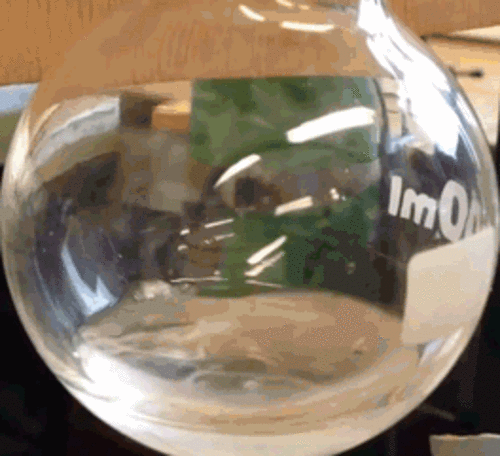Triple Point Perplexity

It was during 6th period chemistry class when Mr. Stevenson said something that sparked the interest of my class.
He told us it is possible that a substance can be a solid, liquid, and a gas at the same time. This state of being in thermodynamic equilibrium is called the triple point. A substance reaches its triple point when its temperature and pressure are at the place where the sublimation curve, fusion curve and the vaporisation curve graphs meet. In other words it is when the one specific temperature and one specific pressure allows the substance to melt, vaporize, and freeze in a quick, repetitive cycle.
The class was in disbelief and we needed to find out more. I quickly raised my hand and asked him to show us a video of a substance reaching its triple point.
Unsurprisingly, Mr. Stevenson already had the perfect video ready.
As it played, we couldn’t take our eyes off the smart board.
In the video from TheKidsShouldSeeThis.com, we watched as cyclohexane, a clear chemical that looks like water, quickly cycled through all three stages of matter.
It was unbelievable!
The substance formed icy crystals, melted into liquid then evaporated into the gas. My dropped jaw as I was clearly able to identify each state the chemical was in.
But what real world applications does reaching a triple point have? Equipment manufacturers can actually use the triple point of water to calibrate thermometers with impressive precision, helping labs to take more accurate data. A triple point is not only an impressive visual display, but an integral part of scientific equipment manufacturing.
Thanks to the expertise of Mr. Stevenson, I learned of this fascinating piece of science trivia.





